Geological heritage - golden resources of the Northeast highlands
Located in the Northeast mountainous region, Ha Giang , Cao Bang and Lang Son not only possess special geological values but are also home to many ethnic minorities with rich cultures. When geology and culture intersect, developing community geological tourism is a way to both preserve natural resources and create sustainable livelihoods for the people.
From the Dong Van stone plateau (Ha Giang) to the mountains and rivers of Cao Bang , from Bac Son valley to Nhi Thanh and Tam Thanh caves of Lang Son, it is easy to encounter rare geological vestiges, recording the tectonic history of hundreds of millions of years of the Earth.
Geologists assess that Ha Giang is a place where all kinds of marine sedimentary rocks, limestone, metamorphic rocks and paleontological fossils converge, spanning over 400 million years. With outstanding global value, in 2010, Dong Van stone plateau was recognized as the first global geopark of Vietnam.
In Cao Bang, more than 3,000 km² of Non Nuoc Geopark is a testament to the long and complex transformation of the Earth's crust over half a billion years. Ban Gioc Waterfall, Nguom Ngao Cave, Phja Oac Mountain or ancient lava flows in Tra Linh not only possess majestic beauty but are also evidence of tectonic faults, volcanic activity and profound geological changes.
Meanwhile, Lang Son, a new global geopark recognized by UNESCO in 2024, possesses ancient karst structures, a rich limestone cave system and many sediments that mark the living activities of prehistoric people. The Bac Son culture - one of the cradles of Southeast Asian people discovered here shows the long-standing attachment between people and the rocky mountain space.
Majestic Ha Giang. (Photo: NGOC LIEN)
The special value of geoparks lies not only in the geological structure but also in shaping the life of indigenous communities. One of the effective directions is to develop community tourism associated with geology. In the Dong Van stone plateau, the rammed earth houses nestled at the foot of the cat-eared stone mountains, the terraced fields clinging to the cliffs, the Gau Tao festival in the cold winter... all create a unique human ecosystem that tourists can hardly find anywhere else. Community cultural tourism villages such as Sa Phin, Lung Cu, Tha village eco-tourism village... have become attractive destinations.
Tourists not only explore the geological heritage but also immerse themselves in the daily life of the Mong and Lo Lo people; experience sleeping in rammed earth houses, learn weaving, enjoy traditional cuisine and participate in highland markets. The living space on the harsh limestone foundation is transformed into a tourist highlight, where each roof, each piece of clothing, and each song can become a profound tourism “product”.
In Cao Bang, the Tay-Nung culture is persistently preserved alongside the majestic mountain ranges. Villages such as Khuoi Ky, Phuc Sen, Truong Ha... are planned as community tourism destinations, where visitors can learn about the legend of Mat Than mountain, visit the craft forging village, enjoy Then singing and Tinh lute playing by the border stream. In these villages, visitors can also experience picking medicinal herbs and learning to weave brocade. All these activities are organized and operated by the people. Community culture contributes to creating a unique identity for geological tourism here.
Cao Bang - an attractive tourist destination. (Photo: NGOC LIEN)
Lang Son is also promoting cultural elements in geological exploitation. Nhi Thanh and Tam Thanh caves, Mac Dynasty Citadel, and Bac Son valley are both geological destinations and spaces associated with epics, legends, and national history.
Border markets, Long Tong festivals, and sli-luon singing are great potentials for developing geological-cultural tourism models. Bac Son, Huu Lung, and Chi Lang districts can become integrated community tourism clusters combining cave exploration, limestone valleys, and ethnic cultural activities. Local people are being trained in tourism skills, preserving traditional architecture, recreating festivals, and actively participating in the tourism value chain.
Opportunities from the intersection of geology and culture
Up to now, Vietnam has four global geoparks. In addition to Dak Nong Global Geopark, the Northeast region has three other geoparks. With limestone topography, rich cave systems and a long geological history, this is a land with potential for developing special geotourism.
According to Mr. Le Van Minh, Director of the Vietnam Tourism Development Research Center, the group of tourism products associated with geoparks is a suitable direction to promote unique values in combination with conservation and sustainable development. If invested in the right direction, geotourism is not only an economic product but also a way to preserve heritage for future generations.
Despite the many advantages of forming a group of tourism products associated with global geoparks, including tourism for geological, geomorphological, ecological and biodiversity research, archaeology, fossils as well as experiencing indigenous cultural values, the development of geotourism in localities is still facing many difficulties. The transport infrastructure to heritage sites is still lacking in synchronization, many areas do not have a standard guidance system. There is a lack of tour guides with knowledge of geology and culture, many tourist sites are spontaneous and fragmented, with the potential risk of encroaching on resources.
Tourism potential of Bac Son, Lang Son. (Photo: VU LINH)
In Ha Giang, the overload situation at places like Ma Pi Leng and Lung Cu shows the pressure between development and conservation. Meanwhile, Lang Son, although still in the early stages, will face many challenges like previously developed localities if not planned properly. The connection between geological destinations is still fragmented, lacking in-depth thematic tourism products. Some places do not properly appreciate the role of the community in tourism development, leading to a situation where people are left out of the value chain and have no motivation to preserve geological heritage.
Once lost, geological resources cannot be restored, so tourism development cannot be separated from the task of heritage conservation. In addition to strengthening the training of specialized human resources in geology, culture and environment, localities owning global geoparks should pay attention to promoting communication to raise public awareness; encourage businesses to build and design specialized tourism products according to international standards, especially building a system of regional linkages, destination linkages... to avoid fragmentation and spontaneity while creating a unique tourism product mark of the Northeast region.
NGOC LIEN
Source: https://nhandan.vn/thuc-day-du-lich-gan-voi-cac-di-san-dia-chat-post883856.html


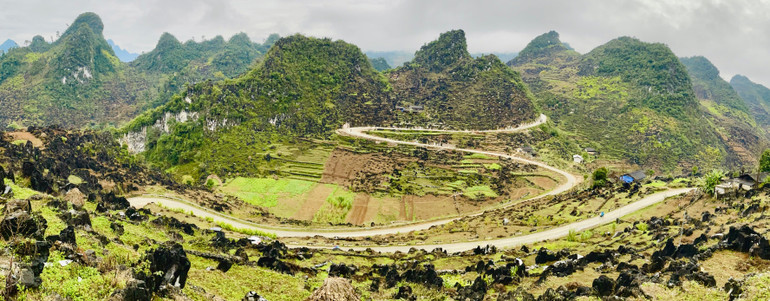

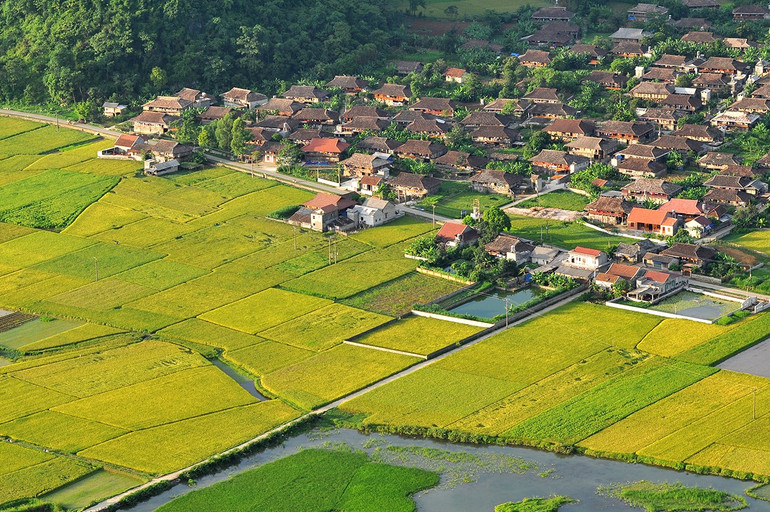
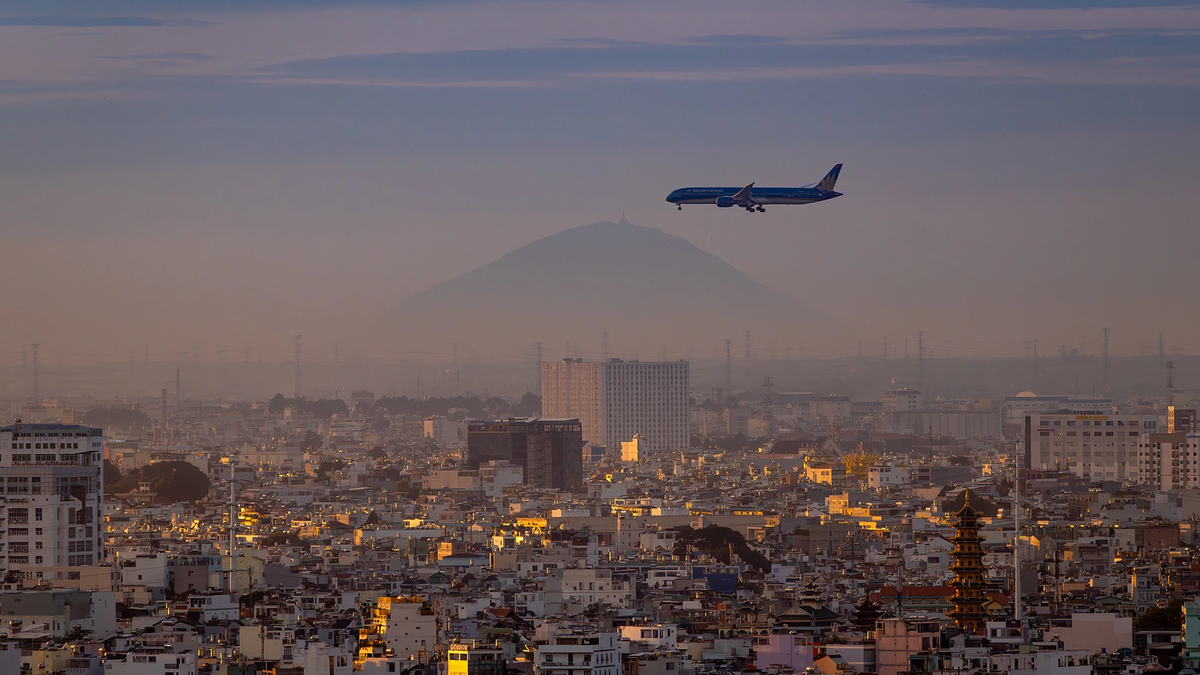


![[Photo] Opening of the 13th Conference of the 13th Party Central Committee](https://vphoto.vietnam.vn/thumb/1200x675/vietnam/resource/IMAGE/2025/10/6/d4b269e6c4b64696af775925cb608560)
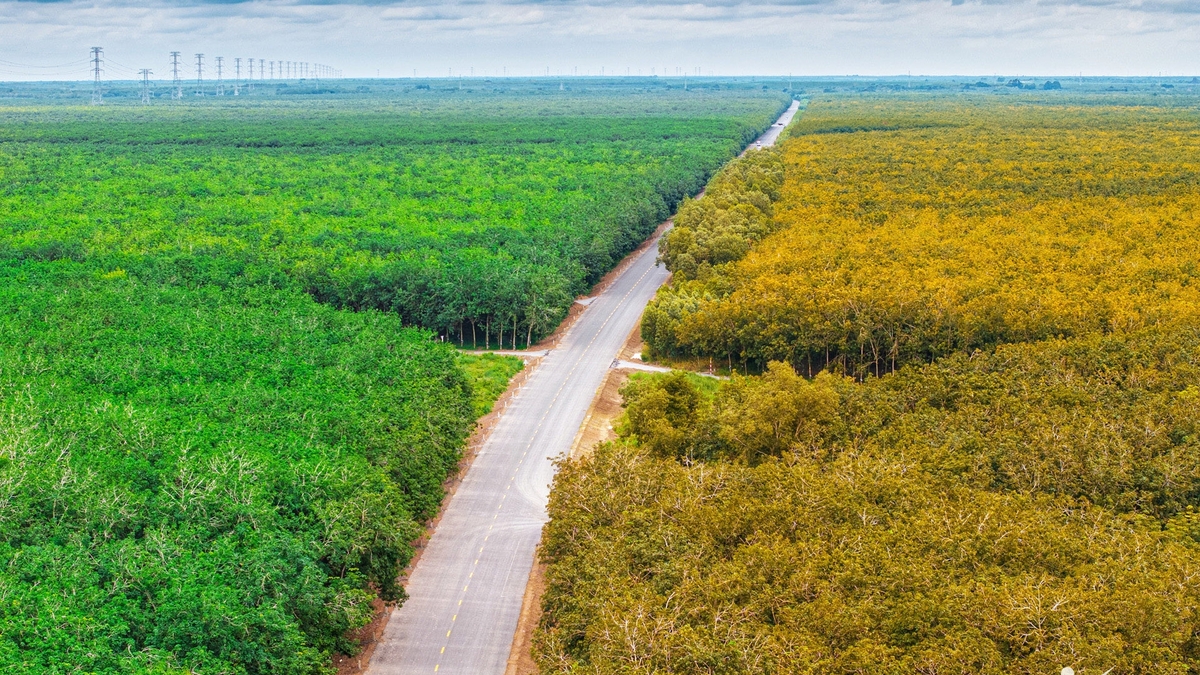



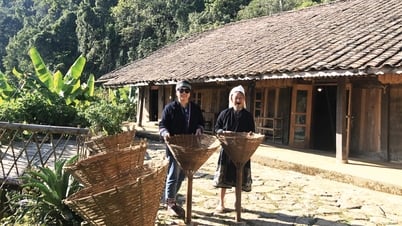

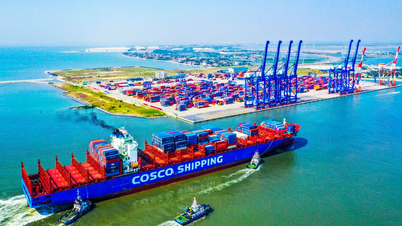



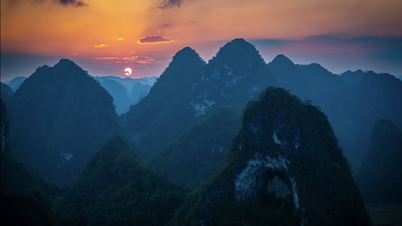

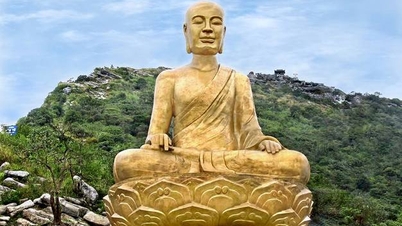

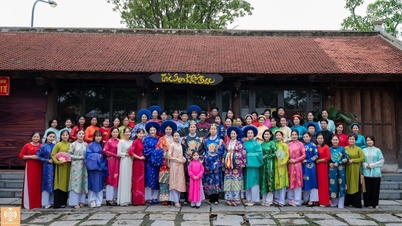

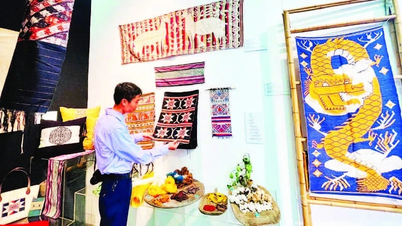
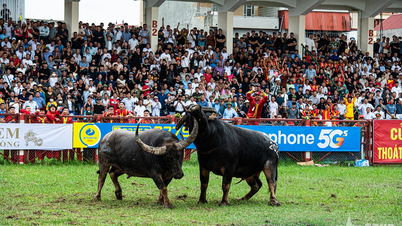



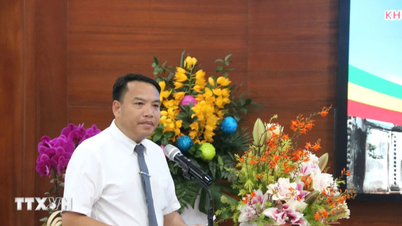





![[Video] Building a university merger project from 2026](https://vphoto.vietnam.vn/thumb/402x226/vietnam/resource/IMAGE/2025/10/6/94fc94a16bc14eaabfefcf8b58423026)


![[Video] Conclusion of the Politburo and Secretariat on implementing a number of key contents and tasks in the activities of grassroots party organizations in the coming time](https://vphoto.vietnam.vn/thumb/402x226/vietnam/resource/IMAGE/2025/10/6/eca0afeb071d48e294689e4fa39341de)
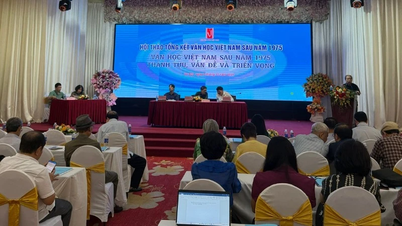
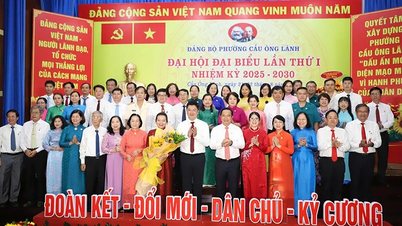

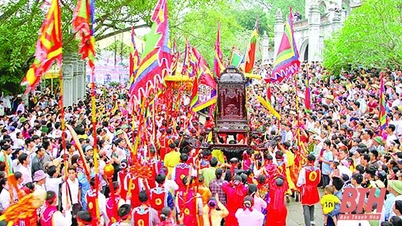







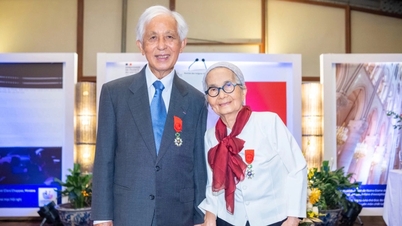
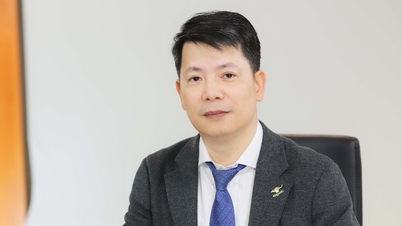
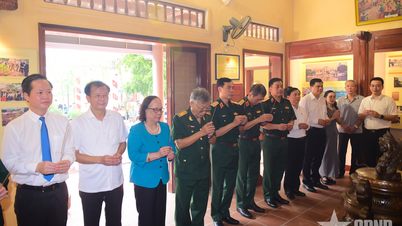
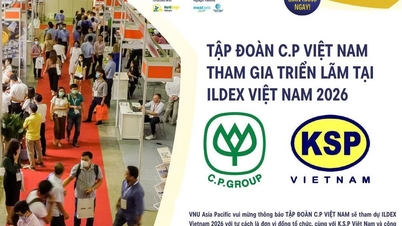



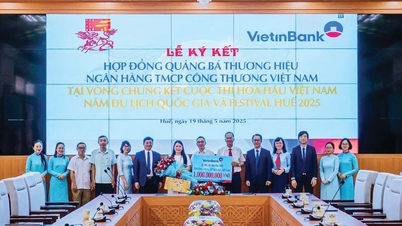
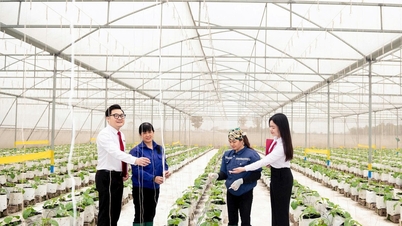

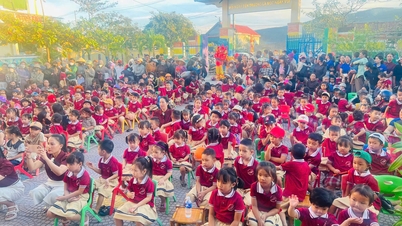

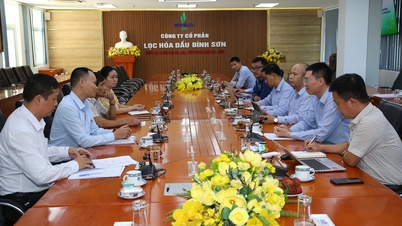










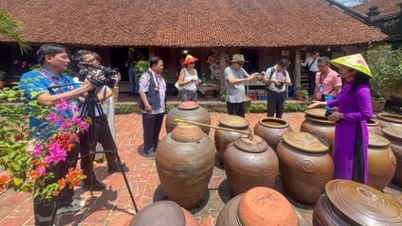

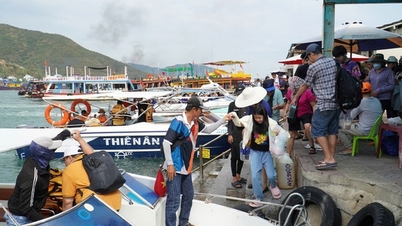
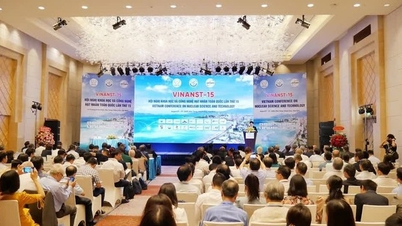

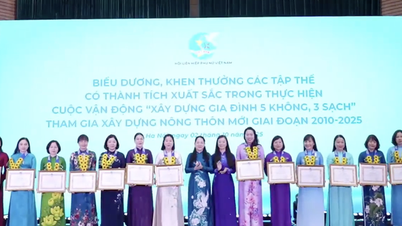
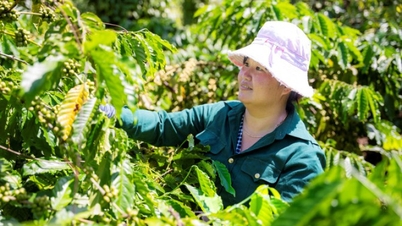


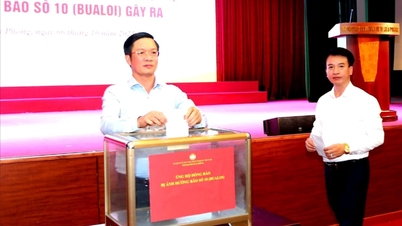

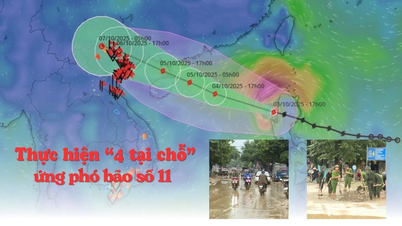

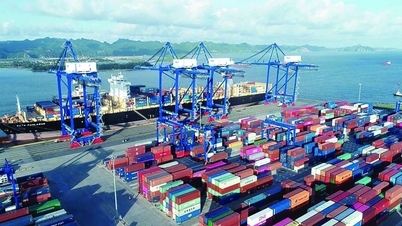
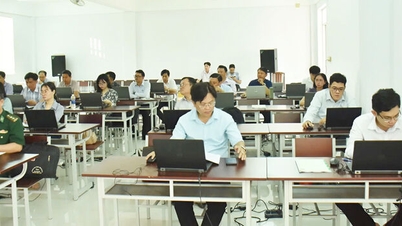

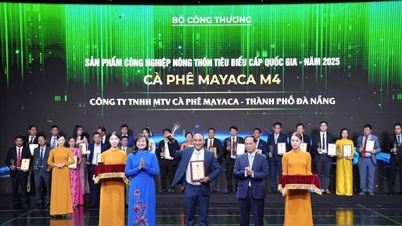



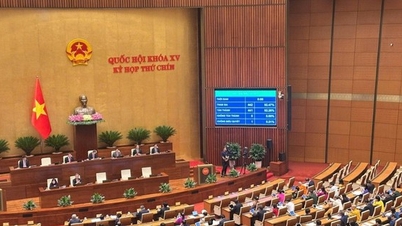






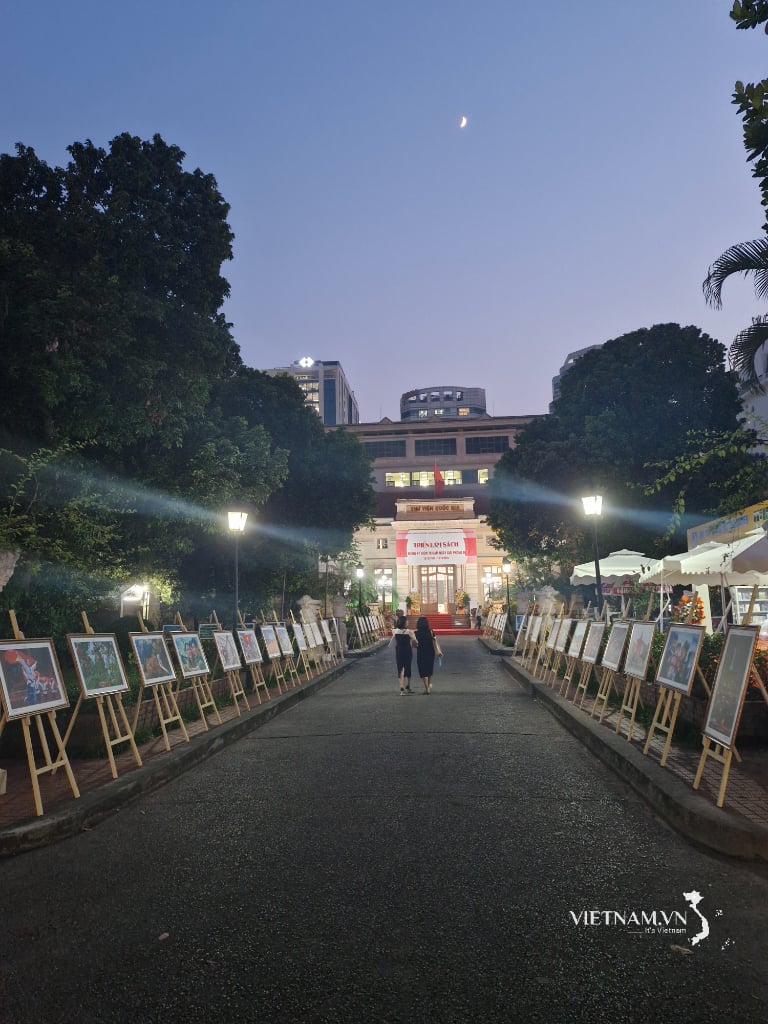
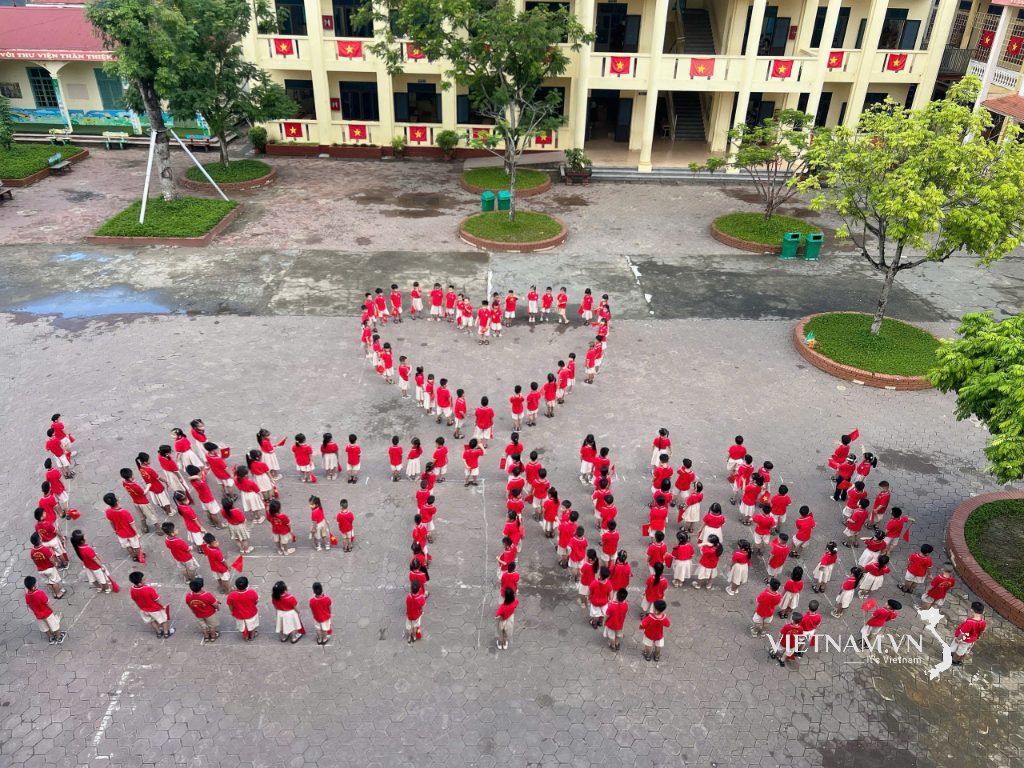
Comment (0)